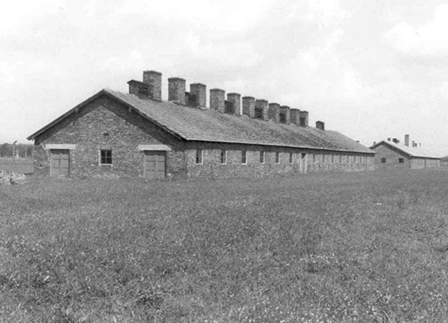- Summary
- The atrocities and mass murders committed by Josip Broz Tito's Partisan units of the Yugoslav Army immediately after the Second World War had no place in the conscience of Socialist Yugoslavia. More than once, the annual Croatian commemoration of the Bleiburg victims was subject to attacks carried out by the socialist Yugoslav state. Abroad in the West, on Austrian soil, the Yugoslav secret service (UDBA) did not shy away from murdering the protagonist of the Croatian memory culture, Nicola Martinovic, as late as 1975. The official history was aligned with a firm interpretational paradigm that called for a glorification of the anti-fascist "people's liberation resistance." With the breakup of Yugoslavia and its socialist regime in 1991, the identity-establishing accounts of contemporary witnesses, which had mainly been cherished in exile circles abroad, increasingly reached public awareness in Croatia and Slovenia. In the 1990s Croatia witnessed the emergence of a memory that had been suppressed by the socialist-Yugoslav regime namely the Bleiburg tragedy. The situation in Slovenia was similar in terms of identity and remembrance culture. Among the Slovenes, the communist crimes committed during the turmoil are known as the drama of Viktring or the Viktring tragedy, named after the largest refugee camp of the Slovenes. Reports on the communist postwar crimes and on the countless discoveries of mass gravesites have also begun circulating in the media of the German-speaking world in the last few years. Florian Rulitz's meticulously researched book, now available for the first time in English, provides a corrective to the historical memory that had been previously accepted as truth. Rulitz focuses on two essential questions. First, did the so-called "final encirclement battles" indeed occur in Carinthia in the Ferlach/Hollenburg/Viktring and Dravograd/Poljana/Bleiburg areas, resulting in military victories for the Yugoslav Army? Second, were the battles after the capitulation fought by the refugees with the aim of reaching the British-controlled areas in Carinthia? To answer these questions, Rulitz presents a detailed reconstruction of those days in May 1945. He furthermore considers the question of the murders on Austrian territory, which were hushed up in Partisan literature and presented as casualties of the final military operations. This groundbreaking study will interest scholars and students of modern European history.-- Provided by publisher.
- Uniform Title
- Tragodie von Bleiburg und Viktring. English
- Format
- Manuscript language material
- Author/Creator
- Rulitz, Florian Thomas, author.
- Published
- DeKalb : Northern Illinois University Press, [2016]
©2016
- Locale
- Austria
Carinthia
Slovenia
Croatia
Bleiburg (Austria)
Viktring (Austria)
Jugoslawien
Kärnten
- Contents
-
Background
Main escape routes into Carinthia
The detention camps and the chronology of the British repatriations
The killing grounds and mass graves: places of violence and remembrance
The mass crimes: revenge or revolutionary violence?
The OZNA/UDBA terror in Austria after 1945
Conclusion: "The grand finale of the Yugoslav Army in Carinthia" versus the tragedies of Bleiburg and Viktring.
- Other Authors/Editors
- Niedermayer, Andreas, translator.
- Notes
-
"Originally published as Die Tragödie von Bleiburg und Viktring: Partisanengewalt in Kärnten am Beispiel der antikommunisischen Flüchtlinge im Mai 1945.©Klagenfurt: Mohorojeva, Hermagoras, 2011 and 2012"--Title page verso.
Includes bibliographical references (pages 257-285) and index.
Background -- Main escape routes into Carinthia -- The detention camps and the chronology of the British repatriations -- The killing grounds and mass graves: places of violence and remembrance -- The mass crimes: revenge or revolutionary violence? -- The OZNA/UDBA terror in Austria after 1945 -- Conclusion: "The grand finale of the Yugoslav Army in Carinthia" versus the tragedies of Bleiburg and Viktring.
Translated from the German.




